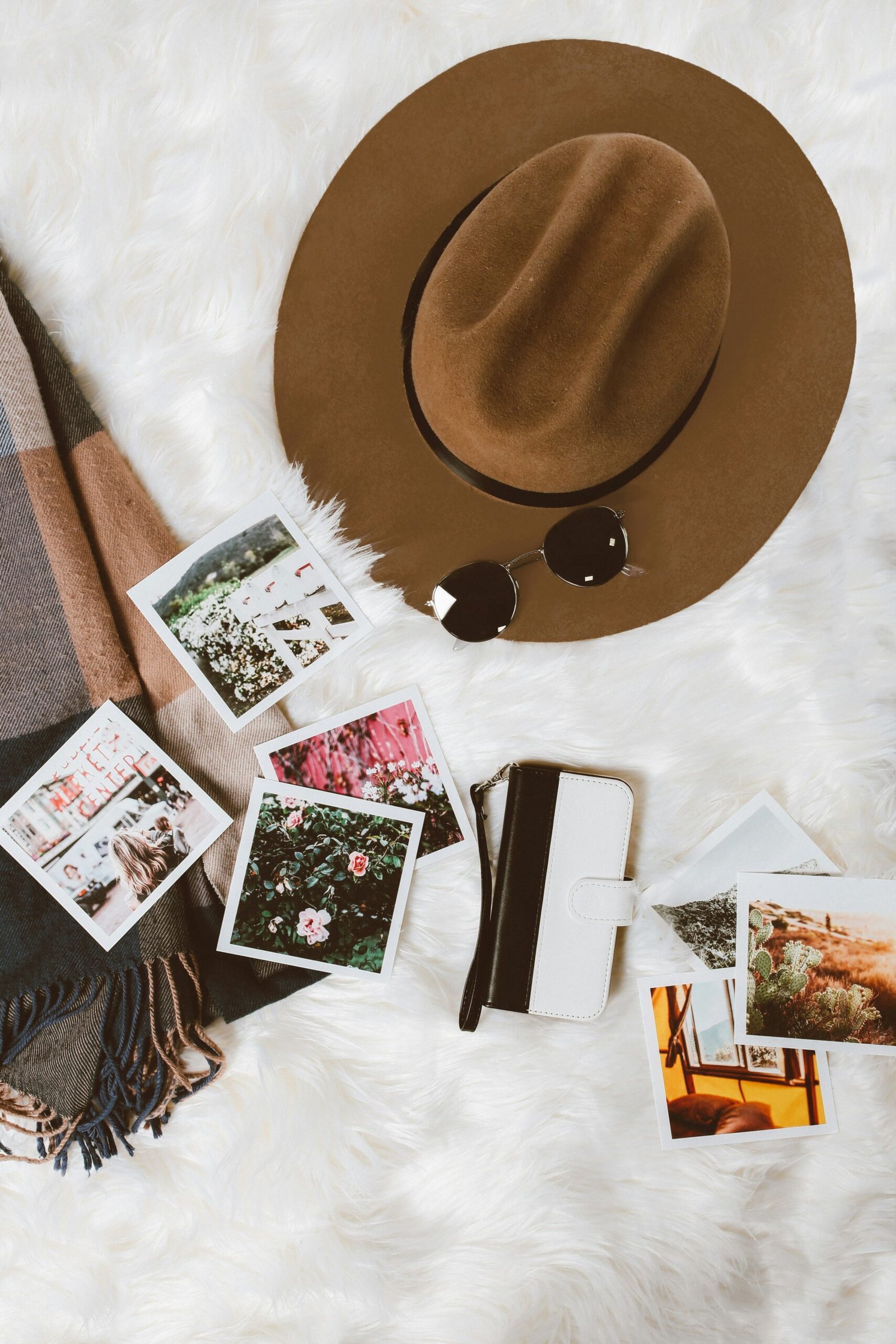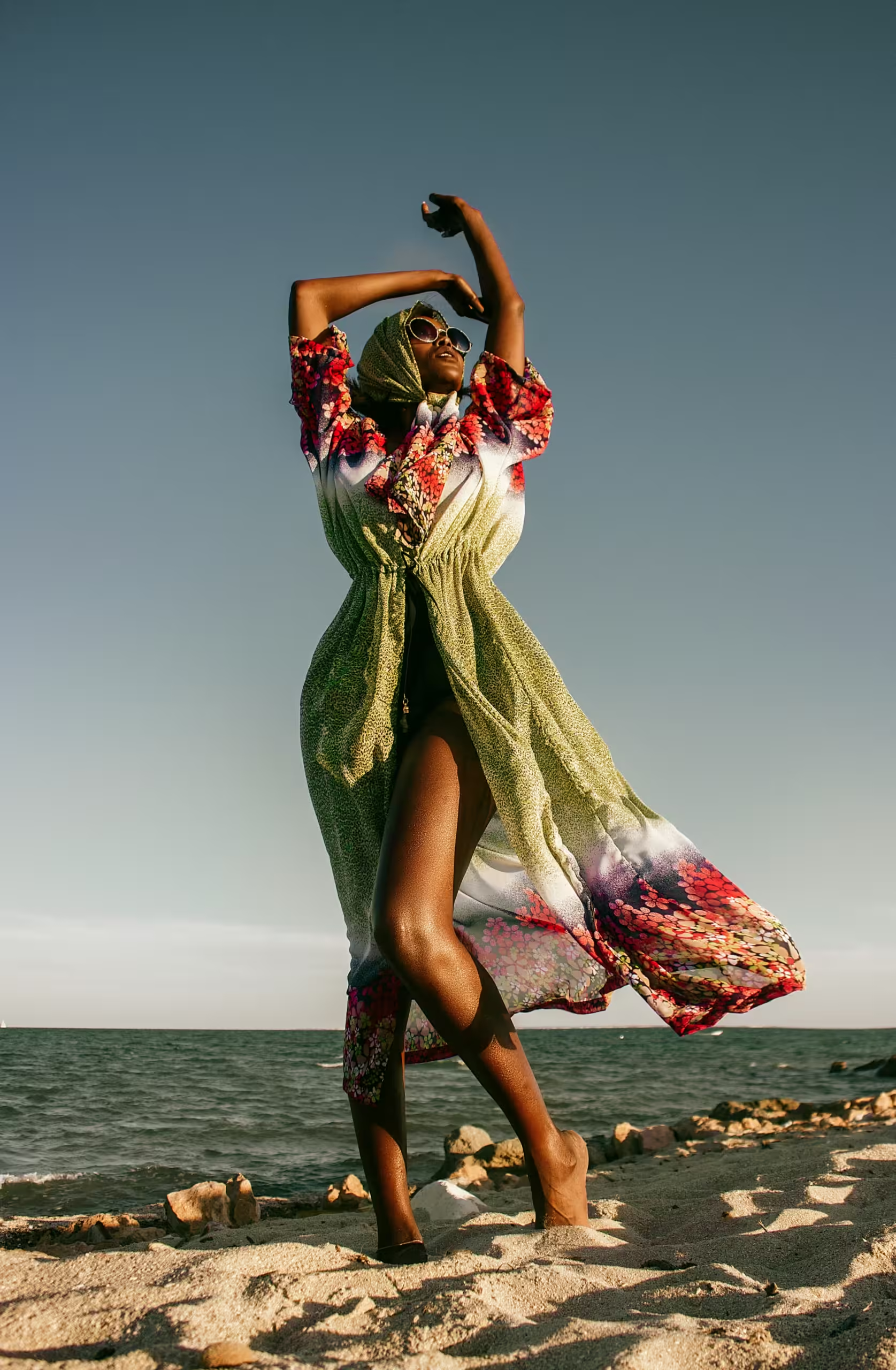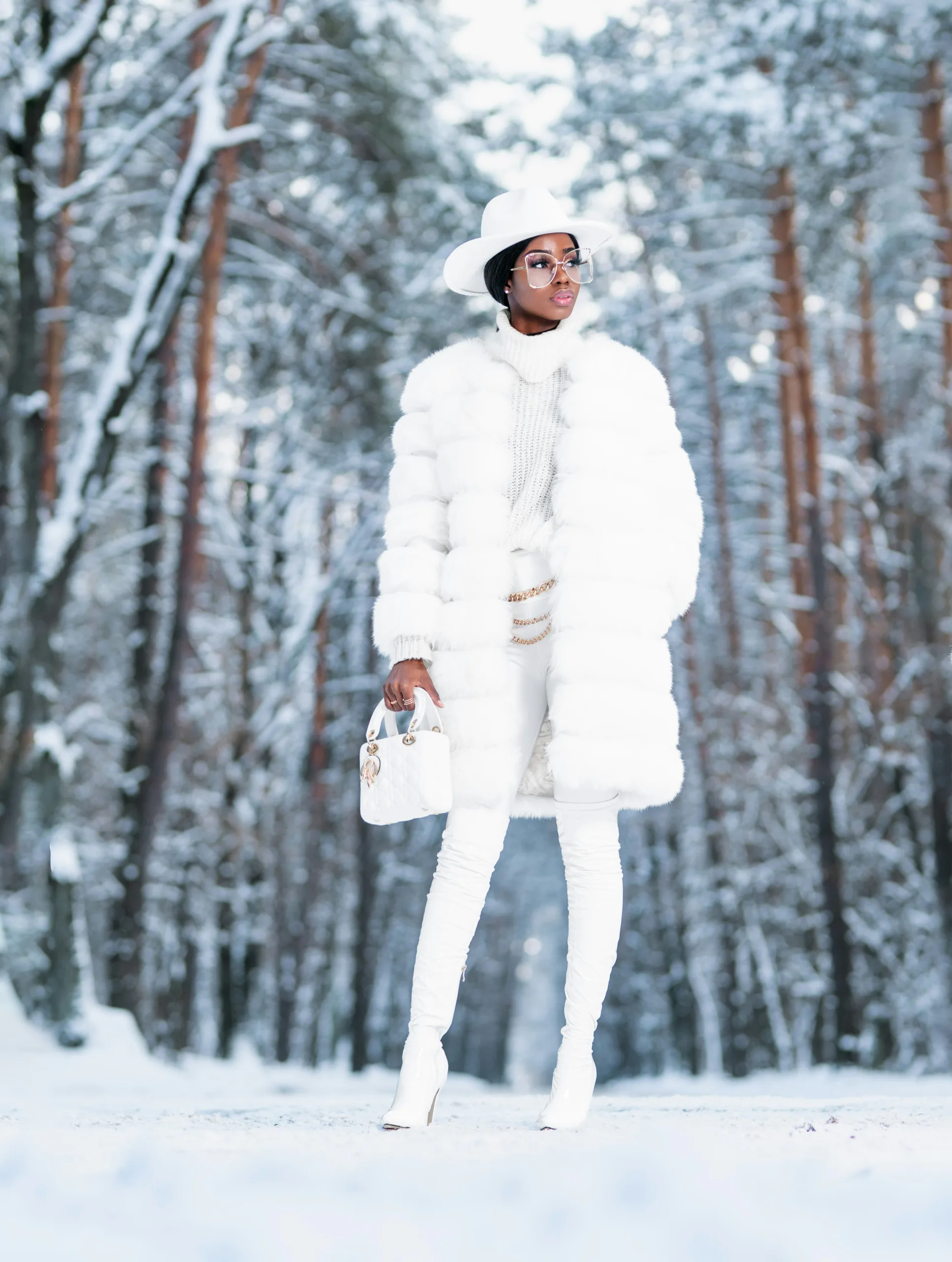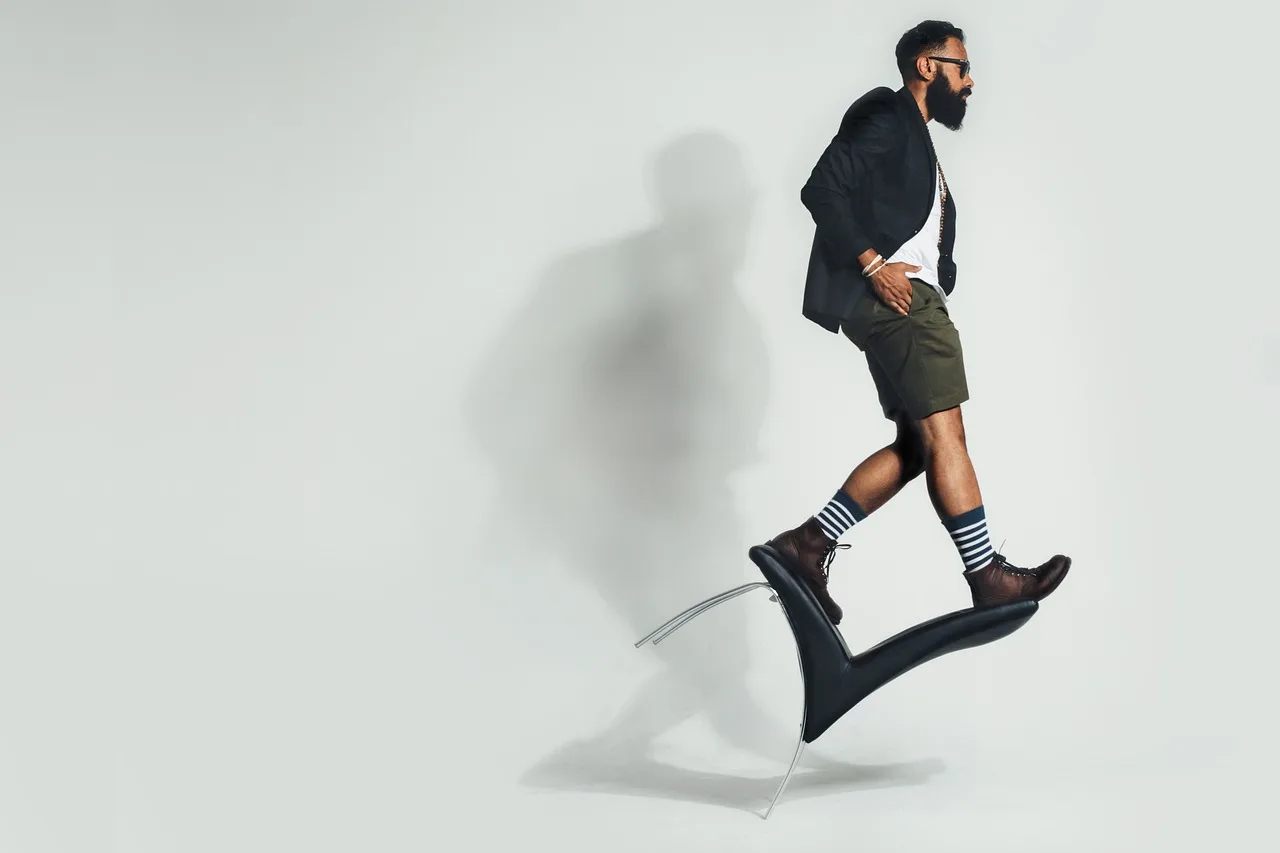The Ultimate Guide to Fashion: Trends, Tips, and Timeless Styles
Fashion, a dynamic and ever-evolving realm, has played a pivotal role in human culture and society for centuries. From ancient civilizations to the modern era, the evolution of fashion reflects the changing dynamics of society, including its values, norms, and economic conditions. The history of fashion is a fascinating journey that begins with primitive clothing made from natural resources and extends to the intricate and diverse fashion industry we see today.
In ancient times, fashion was predominantly functional, serving to protect individuals from the elements. However, even in these early stages, clothing began to signify social status and identity. The Egyptians, for instance, used linen and adorned their garments with intricate jewelry, while the Romans utilized togas and stolas to denote social rank. Medieval Europe saw the emergence of sumptuary laws, which regulated clothing based on class, further emphasizing the societal importance of fashion.
As we moved into the Renaissance and Baroque periods, fashion became a form of artistic expression, with elaborate designs and rich fabrics symbolizing wealth and power. The industrial revolution marked a significant turning point, with the advent of mass production making fashion more accessible to the general populace. The 20th century witnessed rapid changes, with each decade introducing new styles and trends, influenced by cultural shifts, technological advancements, and global events.
Today, fashion is a global industry worth billions, influencing economies and employment worldwide. It serves not only as a means of personal expression but also as a reflection of societal trends and cultural movements. The cyclical nature of fashion trends and the industry’s impact on global trade underscore its economic significance. Furthermore, fashion plays a crucial role in shaping and reflecting social norms and values, allowing individuals to communicate their identity and aspirations.
Understanding the history and importance of fashion provides a solid foundation for appreciating its contemporary relevance. As we delve into the various aspects of fashion in this guide, we will uncover the intricate connections between fashion, culture, and society, highlighting its enduring impact on our everyday lives.
Current Fashion Trends: What’s In and What’s Out
The ever-evolving world of fashion presents a dynamic landscape where trends can shift almost overnight. As we delve into the current fashion trends, it becomes essential to highlight the season’s popular colors, fabrics, patterns, and styles. This season, fashion experts and trend forecasters have identified several key trends that are making waves.
Firstly, vibrant colors are taking center stage. Bold hues such as electric blue, vivid orange, and striking fuchsia are dominating runways and retail spaces. These colors are perfect for making a statement, whether through a standout dress, a chic blazer, or even accessories. Incorporating these vibrant shades into your wardrobe can instantly elevate your look, adding a modern twist to classic outfits.
When it comes to fabrics, sustainability is a significant focus. Eco-friendly materials like organic cotton, recycled polyester, and hemp are becoming increasingly popular. These fabrics not only contribute to a more sustainable fashion industry but also offer comfort and versatility. Designers are embracing these materials to create stylish yet environmentally conscious collections, allowing consumers to make more responsible fashion choices.
Patterns are also experiencing a resurgence, with bold prints such as animal patterns, geometric designs, and florals making a strong comeback. These patterns can add a playful element to any outfit, whether through a statement dress or a patterned scarf. Mixing and matching different prints can create a unique look, showcasing personal style and creativity.
In terms of styles, oversized silhouettes and relaxed fits are trending. This shift towards comfort reflects a growing preference for practical, everyday wear that doesn’t compromise on style. Think oversized blazers, wide-leg trousers, and loose-fitting dresses. These pieces offer a blend of sophistication and comfort, making them suitable for various occasions, from casual outings to professional settings.
To stay stylish and up-to-date, consider incorporating these current fashion trends into your everyday wardrobe. Experiment with bold colors, sustainable fabrics, and eye-catching patterns, while embracing comfortable and relaxed styles. By doing so, you can ensure that your fashion choices reflect the latest trends and timeless styles.
Timeless Fashion: Classic Pieces That Never Go Out of Style
Timeless fashion staples are the backbone of any versatile wardrobe. These essential pieces have transcended fleeting trends, maintaining their relevance and elegance through the decades. One of the most iconic items is the little black dress (LBD). Introduced by Coco Chanel in the 1920s, the LBD remains a symbol of sophistication and simplicity. Its versatility allows it to be dressed up with heels and statement jewelry for formal events or dressed down with a blazer and flats for a more casual look.
A well-fitted blazer is another enduring piece that exudes confidence and polish. Whether paired with tailored trousers for a professional setting or thrown over a casual outfit of jeans and a t-shirt, a blazer adds a touch of refinement. Investing in a high-quality blazer made from durable fabrics ensures it will remain a wardrobe staple for years to come.
Classic denim jeans are a universal favorite, valued for their comfort and adaptability. A pair of well-fitted jeans can be easily styled for numerous occasions. For a laid-back day, they can be paired with a casual top and sneakers. Conversely, adding a sharp blouse and heels can transform them into an outfit suitable for a night out. The key to timeless jeans is a flattering cut and high-quality denim that withstands regular wear.
Additional timeless pieces include a white button-down shirt, a trench coat, and a pair of black pumps. A crisp white shirt is incredibly versatile, serving as an essential layering piece or as a standalone statement. A trench coat offers both style and function, perfect for transitional weather while exuding an air of classic elegance. Black pumps, with their clean lines and neutral color, are indispensable for their ability to pair seamlessly with nearly any outfit.
Investing in timeless fashion staples is a strategic approach to building a sustainable wardrobe. Quality pieces crafted from durable materials not only enhance your style but also offer longevity, making them worthwhile investments. By focusing on these classic items, you ensure that your wardrobe remains relevant and sophisticated, regardless of changing trends.
Sustainable Fashion: Making Eco-Friendly Choices
The concept of sustainable fashion has gained significant traction as consumers become more aware of the environmental impact of their choices. At its core, sustainable fashion prioritizes ethical sourcing, eco-friendly materials, and practices that minimize harm to the planet. Understanding the intricacies of sustainable fashion can guide individuals in making more conscious decisions.
Ethical sourcing is a fundamental aspect of sustainable fashion. It involves ensuring that the materials used in clothing production are obtained in a manner that respects both people and the environment. This means paying fair wages, providing safe working conditions, and upholding human rights. Brands that prioritize ethical sourcing often have transparent supply chains, allowing consumers to trace the origins of their garments and verify their ethical credentials.
Eco-friendly materials are another pillar of sustainable fashion. Natural fibers like organic cotton, hemp, and bamboo are popular choices due to their lower environmental impact compared to conventional materials. Additionally, recycled fabrics, such as those made from plastic bottles or old garments, help reduce waste and the demand for new resources. Choosing clothing made from these materials can significantly lessen one’s environmental footprint.
The phenomenon of fast fashion has exacerbated environmental issues, as it promotes rapid production and consumption of low-cost clothing. This model leads to increased waste, water pollution, and carbon emissions. By contrast, sustainable fashion encourages mindful consumption. Shopping second-hand, for instance, extends the life cycle of clothing and reduces the need for new production. Thrift stores, consignment shops, and online resale platforms offer a plethora of options for those looking to make eco-friendly choices.
Supporting ethical brands is another effective way to practice sustainable fashion. Many companies are now dedicated to sustainability, producing high-quality garments that are designed to last. These brands often use eco-friendly materials and ethical practices, making them a better choice for the environmentally conscious consumer.
Maintaining clothing to extend its life is a simple yet impactful sustainable practice. Proper care, such as following washing instructions, repairing minor damages, and storing garments appropriately, can prolong their usability. This reduces the frequency of purchases and the resultant environmental impact.
Incorporating these practices into one’s lifestyle not only supports sustainable fashion but also contributes to a broader movement towards environmental stewardship. By making informed choices, consumers can play a pivotal role in shaping a more sustainable future for the fashion industry.
Fashion Tips for Every Body Type
Understanding how to dress for your body type is essential in creating a wardrobe that accentuates your best features and boosts your confidence. The four main body types—pear, apple, hourglass, and rectangle—each have unique characteristics that can be complemented with specific fashion choices.
For those with a pear-shaped body, characterized by wider hips and a narrower upper body, the goal is to balance proportions by drawing attention to the upper body. Opt for tops with embellishments, bright colors, or patterns to highlight the shoulders and bust. A-line skirts and dresses can flatter the hips, while high-waisted pants elongate the legs. Avoid overly tight bottoms that may emphasize the hips.
The apple-shaped body features a fuller midsection with slimmer legs and arms. To create a balanced silhouette, focus on elongating the torso and highlighting the legs. V-neck tops and wrap dresses can draw attention away from the midsection. Empire waistlines and tunics that skim the body rather than cling to it are ideal. Avoid bulky fabrics and overly tight tops that can emphasize the midsection.
An hourglass figure is defined by well-balanced bust and hip measurements with a distinctly defined waist. Emphasizing the waist is key for this body type. Fitted dresses, belts, and wrap tops can highlight the natural curves. Pencil skirts and high-waisted jeans also work well. It’s best to avoid overly baggy clothing, which can hide the natural shape.
For those with a rectangle body shape, where shoulders, waist, and hips are relatively uniform in width, the aim is to create the illusion of curves. Peplum tops, ruffled blouses, and layered clothing can add dimension. Cinched waists and flared skirts help define the waistline. Steer clear of straight-cut styles that can make the body appear boxy.
By understanding your body type and applying these tailored fashion tips, you can curate a wardrobe that enhances your best features and reflects your personal style. Visualizing these strategies through examples and visual aids can further assist in making informed fashion choices.
Accessorizing: The Art of Completing Your Look
Accessories play a pivotal role in fashion, serving as the finishing touches that can transform any outfit from mundane to magnificent. Whether it’s a statement necklace that draws attention to your neckline, a chic hat that adds an element of mystery, or a pair of elegant shoes that complete your ensemble, the right accessories can elevate your look and showcase your personal style.
Jewelry is one of the most versatile types of accessories. From delicate pendants to bold earrings, the choices are endless. When selecting jewelry, consider the occasion and the outfit. For a formal event, opt for classic pieces like pearl earrings or a diamond bracelet. For a casual outing, playful and colorful jewelry can add a fun element to your look.
Bags are not just practical; they are also a crucial fashion statement. A well-chosen bag can complement your outfit and enhance your overall appearance. Clutches are perfect for evening events, while tote bags are ideal for a day out. Crossbody bags offer a balance of style and convenience, making them a great everyday option.
Shoes can make or break an outfit. High heels exude elegance and are perfect for formal occasions, while sneakers offer comfort and a trendy vibe for casual wear. Ankle boots are incredibly versatile, suitable for both casual and semi-formal attire. When choosing shoes, always consider comfort and the overall harmony with your outfit.
Hats and scarves are excellent for adding a touch of sophistication or a pop of color. A wide-brimmed hat can provide a glamorous look, while a beanie adds a cozy, casual feel. Scarves are incredibly versatile and can be styled in numerous ways to suit different outfits and seasons.
Current accessory trends include oversized sunglasses, layered necklaces, and chunky boots. These items can instantly update your wardrobe and keep you looking fashionable. To build a versatile accessory collection, focus on timeless pieces that can be mixed and matched with various outfits. Investing in quality over quantity will ensure your accessories remain stylish and durable.
Fashion for Different Occasions: From Casual to Formal
Understanding how to dress appropriately for various occasions is crucial for making a lasting impression and feeling confident in any setting. The key is to match your attire with the formality of the event, ensuring that you look stylish and well-suited for the occasion.
For casual outings, comfort is paramount. Opt for relaxed yet stylish pieces like jeans paired with a chic top, or a sundress for a more feminine touch. Footwear can be versatile; think sneakers, flats, or sandals, which complement the laid-back vibe while keeping you comfortable throughout the day. Accessories should be minimalistic, enhancing your look without overwhelming it.
When dressing for work, the balance between professionalism and personal style is essential. Business casual is a common dress code, allowing for tailored trousers or skirts paired with blouses or button-down shirts. Blazers can add a layer of formality, and closed-toe shoes like loafers or pumps are typically appropriate. Avoid overly flashy jewelry; instead, opt for classic pieces that add a touch of elegance without distraction.
Parties and social gatherings offer a chance to experiment with more daring styles. Cocktail dresses, sleek jumpsuits, or tailored suits can be excellent choices depending on the event’s theme and location. Statement accessories, bold colors, and unique fabrics can make your outfit stand out. However, always consider the nature of the event; a family gathering may call for more subdued choices compared to a night out with friends.
Formal events such as weddings or galas demand a higher level of sophistication. For such occasions, long gowns or tailored suits are the norm. Fabrics like silk, satin, and velvet can elevate your look, while elegant accessories like pearl necklaces or cufflinks add a touch of refinement. Footwear should be equally polished, with options like stilettos or formal dress shoes completing your ensemble.
By aligning your outfit with the event’s formality, you ensure that you are appropriately dressed for any occasion. With these guidelines, you can confidently navigate your wardrobe, making stylish choices that resonate with the setting and your personal style.
Conclusion: Embracing Your Personal Style
Fashion is a dynamic and ever-evolving realm where trends ebb and flow, yet the essence of personal style remains a constant beacon of self-expression. As we have explored throughout this guide, understanding the latest trends, incorporating essential tips, and appreciating timeless styles are vital components of developing a well-rounded fashion sense. However, the true magic of fashion lies in its ability to reflect and celebrate individual identity.
Embracing your personal style begins with confidence. It is about wearing what makes you feel comfortable and genuinely yourself. Whether you lean towards contemporary trends or have a penchant for vintage classics, your wardrobe should be a canvas that tells your unique story. Confidence in your fashion choices not only enhances your appearance but also impacts how you carry yourself in various spheres of life.
While trends provide fresh inspiration and avenues to experiment, it is essential to remember that they are fleeting. The pieces that resonate with you on a personal level and stand the test of time are what define your signature style. These timeless elements create a cohesive look that is distinctively yours, irrespective of changing fashion cycles.
In your fashion journey, do not shy away from trying new things. Explore different colors, patterns, and silhouettes. Mix and match to find what resonates with your personality. Fashion should be fun and liberating, allowing you to express multiple facets of who you are. At the same time, hold on to the staples that you love and that make you feel your best.
Ultimately, fashion is more than just clothing; it is a reflection of your essence. By confidently embracing your personal style, you celebrate your individuality and inspire others to do the same. Let your wardrobe be an ever-evolving testament to your unique journey, filled with pieces that you cherish and that make you feel empowered every day.
Share this content:




 Italiano
Italiano English
English Español
Español